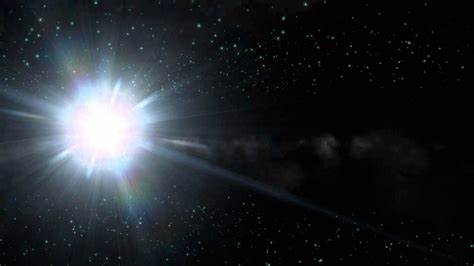The theme of light and darkness pervades the readings for the Fourth Sunday in Lent in the Year of Matthew. The Second Reading is Ephesians 5:8-14. In this reading, Paul is tapping into the First century Qumran community's understanding of God's people, who are "children of light." It will be important for the preacher to distinguish that ancient understanding from any modern misuses of this text that suggest that darkness is, in itself, evil, and lightness (i.e. whiteness) good. God's people are rightly described as children of light, regardless of race or ethnicity.
(The following questions have been formulated to bring out the function of the Word in the text, a primary concern of Law and Gospel preachers. Other sets of questions are also helpful and can be used fruitfully in conjunction with these questions. For more on this particular method and on Law and Gospel preaching in general, see my brief guide, Afflicting the Comfortable, Comforting the Afflicted, available from wipfandstock.com or amazon.)
1. How does the Word function in the text? There is an unmistakable Gospel function here as the apostle declares, "Now in the Lord you are light." This is an established state. As Paul makes clear earlier in the letter, we were dead in our trespasses, but now God has "made us alive together with Christ." (2:5).
2. How is the Word not functioning in the text? Our former state (i.e. "in darkness") is noted, but that is our former state. Therefore, the Word is not functioning here as Law, showing us our sin. This is not a text which shows us our need for Christ, but acknowledges that that work has already been done.
3. With whom are you identifying in the text? We are the ones who have been gifted by God with this new state, this new status as "children of light." We are the ones being exhorted here to live in ways that make evident this status.
4. What, if any, call to obedience is there in this text? There is much in this text which invites us to live the new life in Christ. First, there is the general call to "live as children of light." Verse10, beginning with a participle, reminds us that doing so means trying to learn what is pleasing to the Lord. We are also exhorted to expose the "unfruitful works of darkness" wherever we find them.
5. What Law/Gospel couplet is suggested by this text? The darkness/light couplet is, of course, the most prominent. Another couplet appropriate to Ephesians is dead in sin/alive in Christ.
6. Exegetical work: Kittel's extensive discussions around the terms skotos (darkness) and phos (light) are most helpful in understanding this text. What Kittel makes clear is that Paul's use of these terms comes directly out of the Qumran community's dualistic use of the same. "Two spheres in which we walk (1 QM 11:10), and which have their controlling powers, confront one another and determine the being of man." "A good work is a priori impossible in darkness, 1 QM 15:9. But this very principle is a summons to decision." "From the standpoint of the covenant [the convert] views the whole of his new life as a constant movement away from the 'children of darkness' in the demanding of hatred for them 1 QS 1:9f. The present battle in the world is a foretaste of the eschatological conflict, 1 QM; darkness will be done away." (Theological Dictionary of the New Testament, vol. VII, p.432). "Darkness characterizes paganism as evil both as a sphere and as a state." "Darkness has its exousia (realm of authority)." (Ibid., p.442). Ralph Martin, a contemporary theologian, picks up on this tie between the Qumran community and the wider Christian community: "This title [children of light] is interesting not only for its association with the community of the Dead Sea Scrolls who also used this description to set off their group from the surrounding 'children of darkness', but for the example in verse 14 of a baptismal reminder. At the commencement of their new life as believers these men and women have been brought in to the full light of Christ." Addressing directly the quote in verse 14, Martin says, "The life situation of this snatch of early hymnody is evidently baptism, which was frequently known in the church as a person's 'enlightenment' and depicted as the rising of the new convert from the death of sin into union with the living Lord." (Interpretation series, Ephesians, Colossians, Philemon, p. 63).
7. How does the Crossings Community model work with this text? The clear outlines between the state of "darkness" and the light of Christ are brought out by the concise analysis of Chris Repp in his 2017 analysis. He uses a term of "spiritual Alzheimer's" leading to death to describe our state apart from Christ. The Gospel word that we are children of light hearkens back to the beginning of the epistle where we hear that "Christ loved us and gave himself for us." See this entire analysis at crossings.org/text-study, archived under its reference.
Blessings on your proclamation!

No comments:
Post a Comment